
Review: DPA d:facto II
Vocal microphone.
DPA Microphones is based in Denmark and since its beginnings in 1992 has enjoyed a steadily growing reputation as a manufacturer that aspires to produce the very best microphones, without any compromises to allow for mass production or cost-effectiveness. It means that although DPA produces a range of microphone types, within each category the company focuses its energy on only one or two models, and doesn’t bother with budget or entry-level versions of its catalogue for a cheaper market.
An upshot of this is that products like DPA’s reference microphones, the d:fine range of discreet headsets or the d:vote series of 4099 instrument mics all reflect a design philosophy that aims to stand above the crowd and provide true high-end microphones worthy of their price tags. For example, DPA’s flagship large-diaphragm microphones for studio vocals are end-address. DPA isn’t about to shy away from what it believes delivers the best results although many people might be wary of the DPA 4041-T2 simply because it doesn’t have that so-familiar side-address design we associate with expensive studio mics. All DPA asks is that you close your eyes and listen, then make up your mind. What you hear may explain why DPA’s payroll has jumped from two people to more than 100 staff in 20 years.
STUDIO QUALITY, STAGE RELIABILITY
It also explains why DPA chooses to manufacture just one performance vocal microphone, called the d:facto, now in its second incarnation as the d:facto II model. The d:facto II strives to cover that difficult section of the microphone market as an accurate and detailed condenser mic that’s handy in the studio, and can survive the rigours of a live stage, rough handling and environments fraught with feedback issues. It also has an extra trick up its microphone sleeve – we’ll come to that soon.
For the sake of a size reference I dragged out my trusty, rusty Shure Beta 58 (remembering the d:facto has an RRP of $1299 in Australia and I’m certainly not lining up the two performance-wise). The d:facto II is a good half-a-pop-filter-grille longer than the 58 and slightly heavier. The matte-black finish to both the body and grille is nicely unremarkable with no attempt by DPA to make the mic instantly identifiable – although after reading this review you might recognise one in front of Sting’s ugly mug next time you see him out and about. The d:facto II is altogether quite normal and will fit into standard microphone clips.
Plug the d:facto II in, hit the 48V phantom power button and the mic comes alive. You instantly hear a crispness, clarity and a low-end warmth that makes you sit up and pay attention. This thing sounds very nice indeed and within a minute there’s no argument that this is a great microphone. I had a quick listen to what I’d consider a comparable, end-address studio condenser mic and while the difference in sound quality isn’t worth trying to draw a line under, the second test mic didn’t have the same pop-filter protection as the d:facto II does and plosives were a problem. DPA’s claim of creating a studio-quality vocal microphone suitable for a live stage was holding up well so far.
HITTING THE ROAD
Out on the road things weren’t quite so straightforward. Handling noise was very low and feedback rejection was excellent. So, what’s the problem, you ask?
Only that you might need to rethink your setup and gain structure with the d:facto II. Where your dynamic vocal microphone is hitting a performance brick wall and things are safely within limits, the d:facto II keeps going and suddenly those evil red LEDs start blinking at you. This is almost typical behaviour from any condenser microphone in this sort of situation, and I’m only mentioning it to emphasise that you can’t just replace your normal vocal mic with a d:facto II and get an improved sound. You’ll need to do some tweaking.
The neat trick the d:facto II has to offer is the SL1 wireless adapter version, which can convert many brand-name wireless microphone into a d:facto II, sort of. I’ll admit to being initially confused by the SL1, expecting that it was some kind of attachable transmitter that turned the d:facto II into a radio microphone – because the Australian distributor provided both for review.
Not at all, it’s an adapter to which you attach the d:facto II capsule and pop filter, then it screws into the transmitter body of many popular brands of wireless microphone like Shure and Sony. Effectively, you have the potential for swapping the excellence of the d:facto II across to a comparatively cheaper wireless delivery system without any loss of quality. The clever bit is that the SL1 poaches some of the battery power for the radio transmitter to run the condenser element.
At first glance it is a neat trick but the jury’s still out as to exactly how practical the SL1 idea might be. You’re sacrificing one complete radio microphone to create another, albeit a better one (theoretically – let’s not make that call here).
To clarify, for the same price you can either buy the d:facto II as a standard, wired microphone or you can purchase a pop-filter grille/SL1/capsule-only version that, obviously, requires a third-party radio microphone body to work. Alternatively, you buy the SL1 as an accessory.
It kind of muddies the decision-making a little. What’s absolutely clear is the audio quality of the d:facto II and the fact that it can work so well in a live situation.
D:LIGHTFUL
For mine, if you can afford to have a swag of d:facto II microphones in your road case you can’t go wrong – that’s a no-brainer. At the very least, it’d always be great to have just one for those ‘difficult’ vocalists for whom nothing is ever good enough. Put a d:facto II in front of them, tell ‘em Sting uses one, and they can’t possibly complain. They’ll even sound good.
Amber Technology: 1800 251 367 or www.ambertech.com.au
Price: $1299 (inc GST)

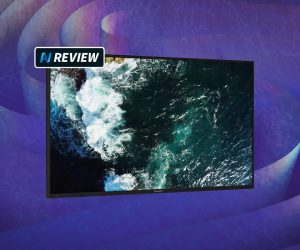
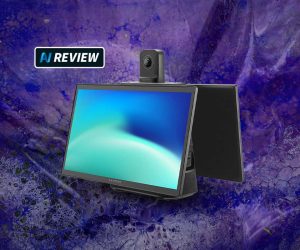
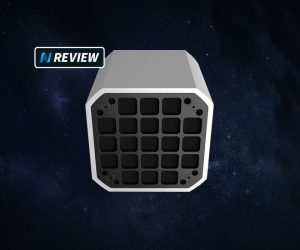

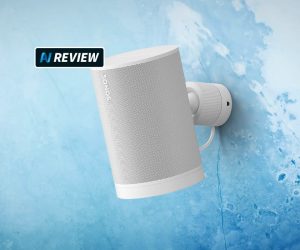
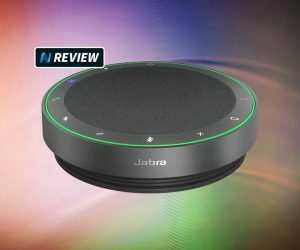
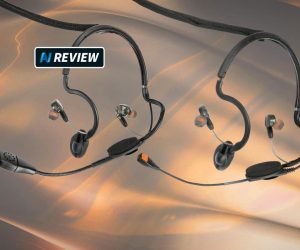
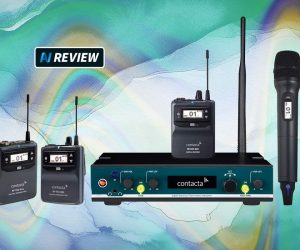
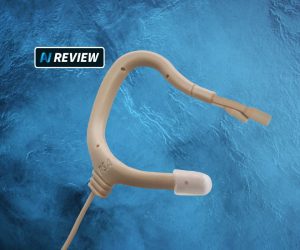
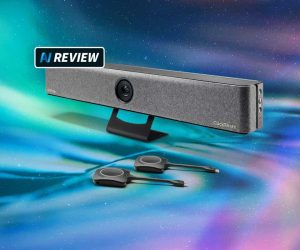
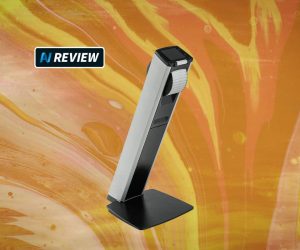
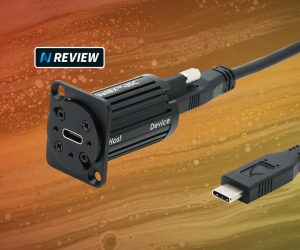


RESPONSES